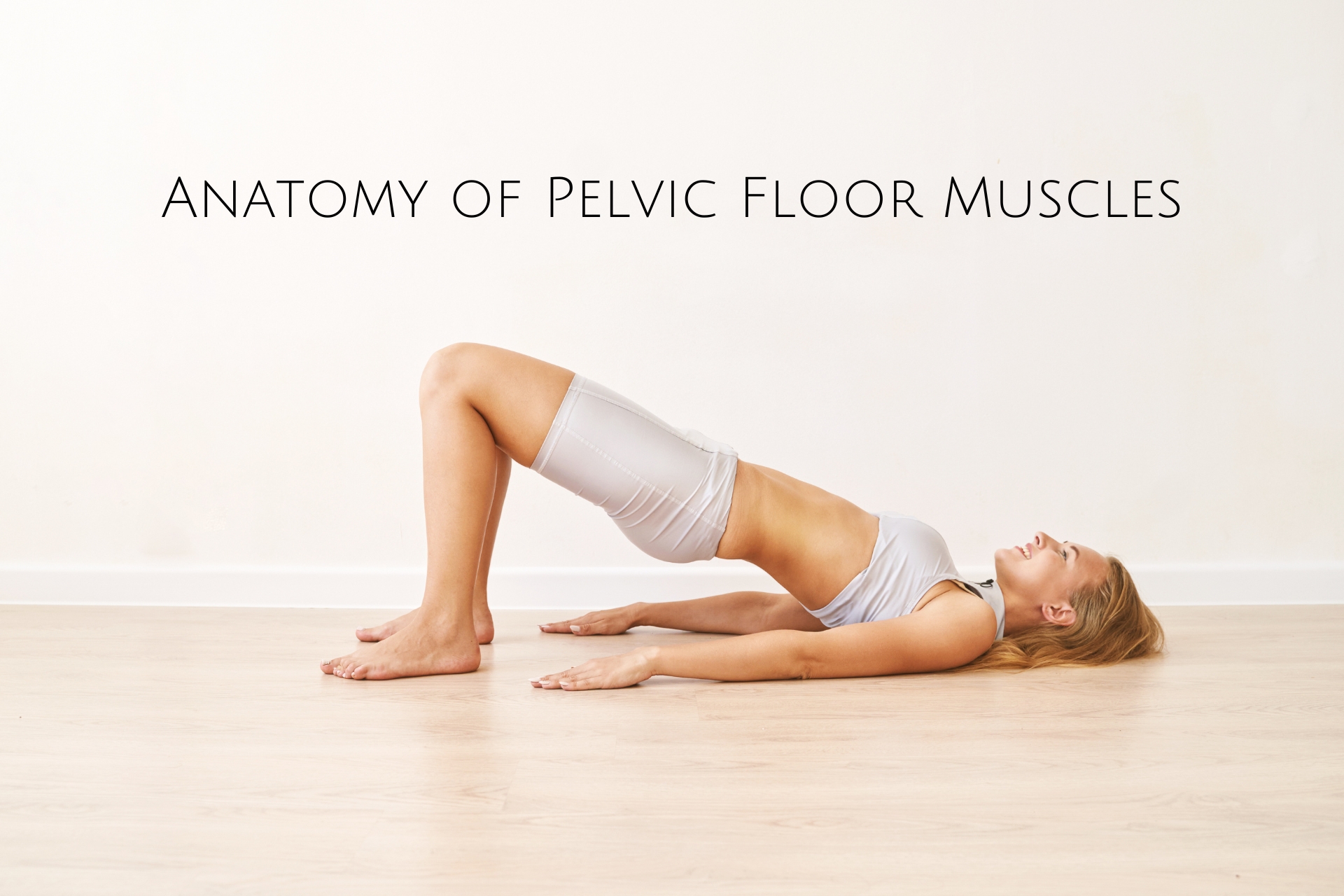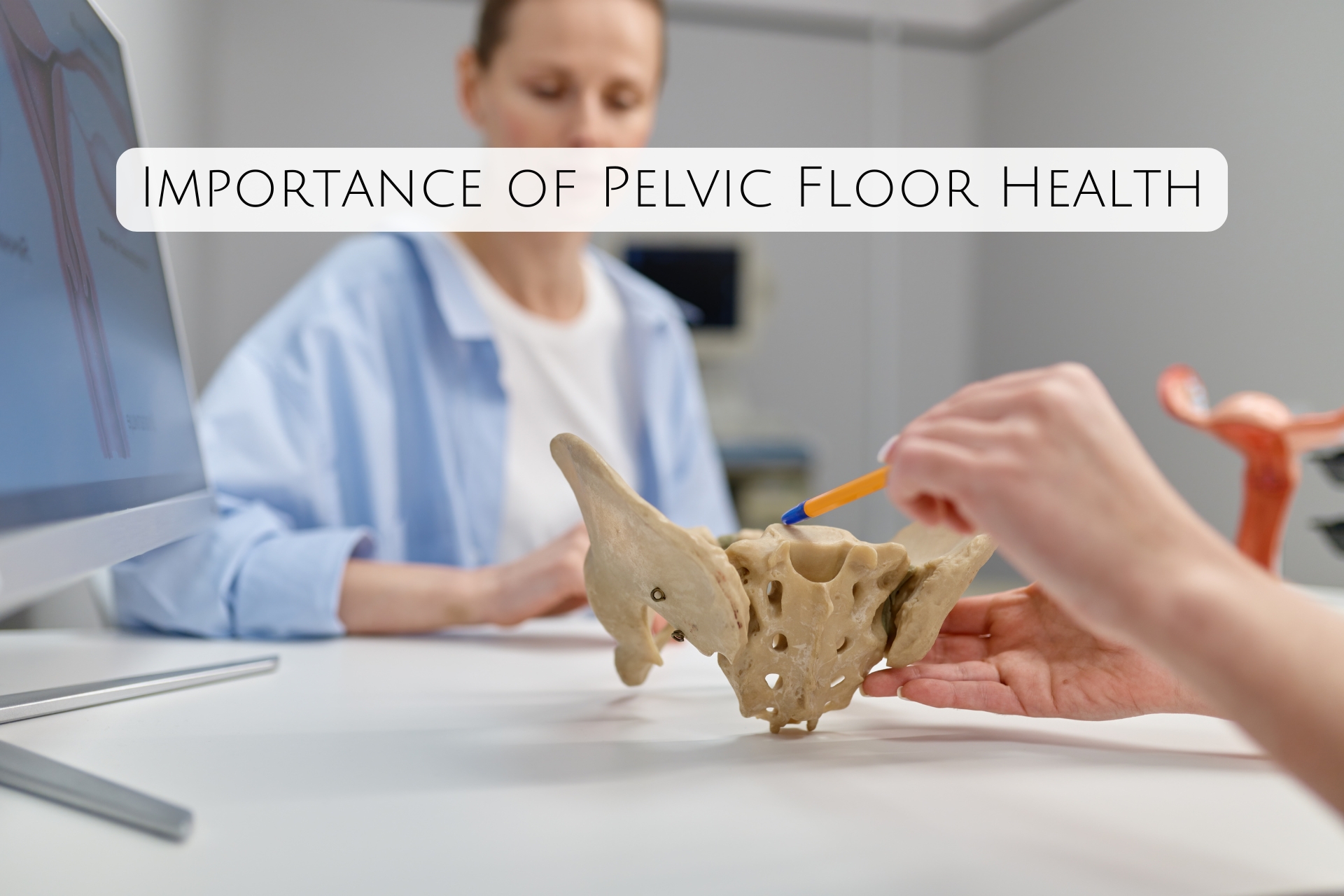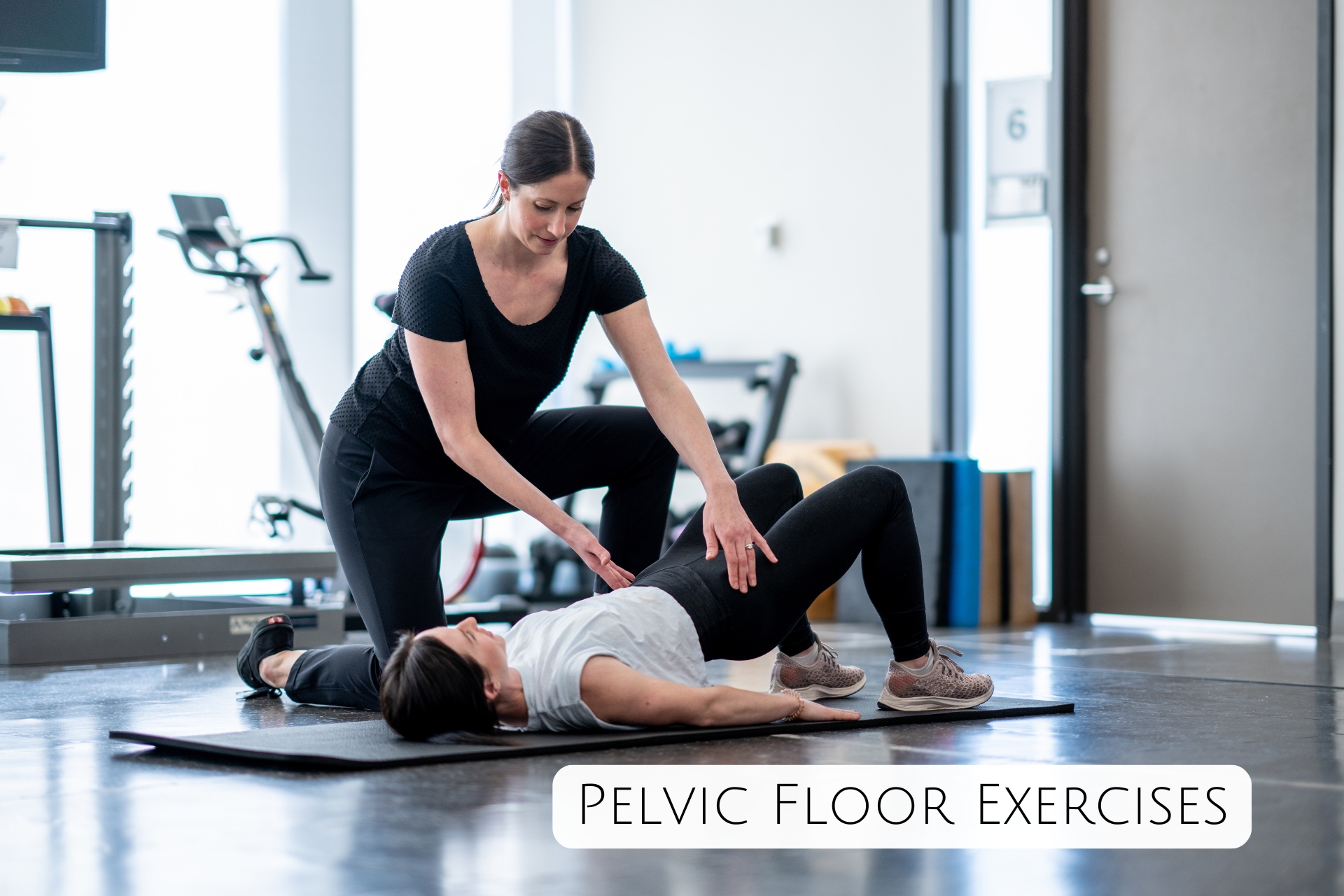What are pelvic floor muscles?
Pelvic floor muscles often dwell in the shadows of our awareness, yet they play a crucial role in maintaining core stability, bladder and bowel control, and sexual function. Despite their significance, many individuals remain unfamiliar with these intricate muscles and their vital functions. In this blog, we embark on a journey to unravel the mysteries surrounding pelvic floor muscles, exploring their anatomy, function, and importance in overall well-being.
Anatomy of Pelvic Floor Muscles:

Situated at the base of the pelvis, the pelvic floor comprises a complex network of muscles, ligaments, and connective tissues. These muscles form a hammock-like structure that supports the pelvic organs, including the bladder, uterus, and rectum. The pelvic floor is divided into three layers: the superficial perineal muscles, the deep urogenital diaphragm, and the pelvic diaphragm. Together, these muscles work in harmony to provide stability, maintain continence, and facilitate various physiological functions.
Function of Pelvic Floor Muscles:

The function of pelvic floor muscles is multifaceted and essential for various physiological processes and activities. Here are some key functions of pelvic floor muscles:
Support: Pelvic floor muscles provide support to the pelvic organs, including the bladder, uterus, and rectum. They act like a hammock, holding these organs in place and preventing them from descending or prolapsing into the vaginal canal.
Continence: Pelvic floor muscles play a crucial role in urinary and fecal continence. They help maintain control over bladder and bowel movements, allowing individuals to voluntarily initiate and terminate urination and defecation.
Sexual Function: Pelvic floor muscles contribute to sexual function and satisfaction. They help regulate blood flow to the genital area, enhance sensation during sexual activity, and play a role in achieving arousal, orgasm, and sexual pleasure.
Core Stability: Pelvic floor muscles are integral to core stability and support. Along with other core muscles, they help stabilize the spine, pelvis, and hips, providing a solid foundation for movement and posture.
Childbirth: During childbirth, pelvic floor muscles undergo significant stretching to accommodate the passage of the baby through the birth canal. Strong and flexible pelvic floor muscles can aid in the birthing process and reduce the risk of pelvic floor trauma or injury.
Pelvic Health: Optimal pelvic floor muscle function is essential for overall pelvic health and well-being. Weak or dysfunctional pelvic floor muscles can contribute to pelvic organ prolapse, urinary incontinence, fecal incontinence, pelvic pain, and sexual dysfunction.
Importance of Pelvic Floor Health:

Maintaining optimal pelvic floor health is paramount for overall well-being and quality of life. Pregnancy, childbirth, aging, obesity, and certain medical conditions can predispose individuals to pelvic floor disorders, highlighting the importance of proactive pelvic floor care.
The importance of pelvic floor health cannot be overstated, as these muscles play a critical role in various aspects of overall well-being and quality of life. Here are some key reasons why pelvic floor health is important:
Support for Pelvic Organs: Pelvic floor muscles provide essential support to the pelvic organs, including the bladder, uterus, and rectum. Strong and resilient pelvic floor muscles help keep these organs in their proper position and prevent them from descending or prolapsing into the vaginal canal.
Urinary and Fecal Continence: Optimal pelvic floor health is crucial for maintaining urinary and fecal continence. Strong and coordinated pelvic floor muscles enable individuals to control bladder and bowel movements, reducing the risk of urinary and fecal incontinence.
Sexual Function and Satisfaction: Pelvic floor muscles contribute to sexual function and satisfaction. They help regulate blood flow to the genital area, enhance sensation during sexual activity, and play a role in achieving arousal, orgasm, and sexual pleasure.
Core Stability: Pelvic floor muscles are integral to core stability and support. Along with other core muscles, they help stabilize the spine, pelvis, and hips, providing a solid foundation for movement, posture, and overall physical fitness.
Pregnancy and Childbirth: During pregnancy and childbirth, pelvic floor muscles undergo significant changes and stress. Strong and flexible pelvic floor muscles can aid in the birthing process, reduce the risk of pelvic floor trauma or injury, and promote faster postpartum recovery.
Prevention of Pelvic Floor Disorders: Maintaining optimal pelvic floor health can help prevent pelvic floor disorders such as pelvic organ prolapse, urinary incontinence, fecal incontinence, pelvic pain, and sexual dysfunction. Regular pelvic floor exercises and healthy lifestyle habits can help strengthen pelvic floor muscles and reduce the risk of these conditions.
Pelvic Floor Exercises:

Pelvic floor exercises, also known as Kegel exercises, are a cornerstone of pelvic floor rehabilitation and maintenance. These exercises involve contracting and relaxing the pelvic floor muscles to improve strength, endurance, and coordination. Regular practice of pelvic floor exercises can help prevent and alleviate pelvic floor dysfunction, improve bladder and bowel control, and enhance sexual function. Additionally, lifestyle modifications such as maintaining a healthy weight, practicing good posture, and avoiding heavy lifting can also contribute to pelvic floor health.
Here's an overview of pelvic floor exercises:
Identifying the Pelvic Floor Muscles: Before starting pelvic floor exercises, it's important to locate the pelvic floor muscles.Another method to identify the pelvic floor muscles involves imagining holding back gas or stopping the passage of urine, without actually doing so during urination. However, this should only be done as a way to identify the muscles, not as a regular exercise.
Technique: Pelvic floor exercises involve contracting and relaxing the pelvic floor muscles. Begin by contracting the muscles as if trying to stop the flow of urine. Hold the contraction for a few seconds, then relax for the same duration. Aim to gradually increase the duration of the contraction and relaxation over time.
Repetition and Frequency: Start with a set of 10 repetitions, holding each contraction for 5 seconds, followed by 5 seconds of relaxation. As you become more comfortable with the exercises, gradually increase the number of repetitions and the duration of each contraction. Aim to perform pelvic floor exercises at least three times a day.
Incorporating Into Daily Routine: Pelvic floor exercises can be performed discreetly at any time and in any position, whether sitting, standing, or lying down. Some people find it helpful to incorporate them into their daily routine, such as during television commercials or while waiting in line.
Consistency and Progression: Like any exercise regimen, consistency is key to seeing results. It may take several weeks or even months of regular practice to notice improvements in pelvic floor strength and function. Be patient and persistent, and gradually progress the intensity and duration of your pelvic floor exercises as your muscles become stronger.
Benefits of Pelvic Floor Exercises:

- Improved bladder and bowel control
- Prevention and management of urinary incontinence
- Enhanced sexual function and satisfaction
- Prevention of pelvic organ prolapse
- Increased core stability and support
- Faster recovery after childbirth
Conclusion:

In conclusion, pelvic floor muscles are integral components of our anatomy, playing a vital role in supporting pelvic organs, maintaining continence, and enhancing sexual function. Understanding the anatomy and function of pelvic floor muscles is essential for promoting pelvic floor health and preventing pelvic floor disorders. By incorporating pelvic floor exercises and healthy lifestyle habits into our daily routine, we can nurture and protect these crucial muscles, ensuring optimal pelvic floor function and overall well-being for years to come.
Recent Posts
-
Why Hormonal Balance Is the Missing Piece in Women’s Wellness
Introduction: Hormones are the body's biochemical messengers that orchestrate nearly every aspect of
-
The Science Behind Mycotoxin Detox: What Does Research Say?
With increasing awareness of the impact of mycotoxins on health, the concept of mycotoxin detoxifica
-
The Science Behind Plant-Based Meat: How Technology is Changing Our Food
In recent years, the food industry has witnessed a seismic shift with the rise of plant-based meat a





